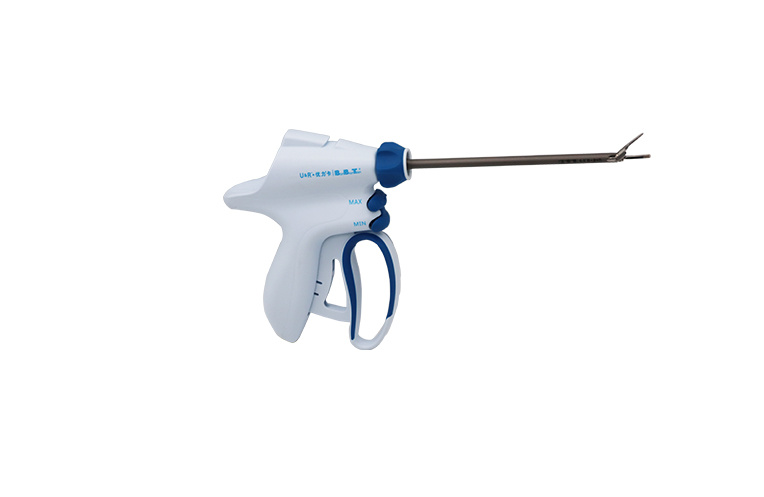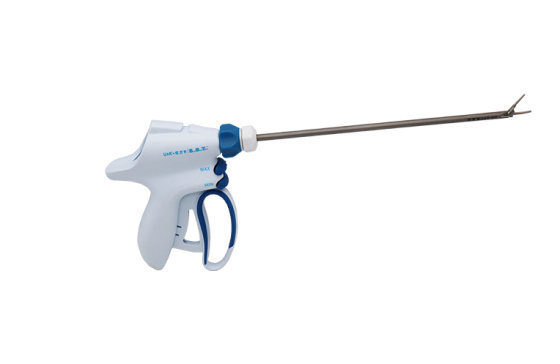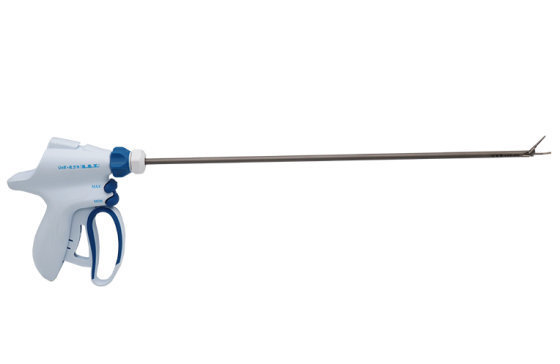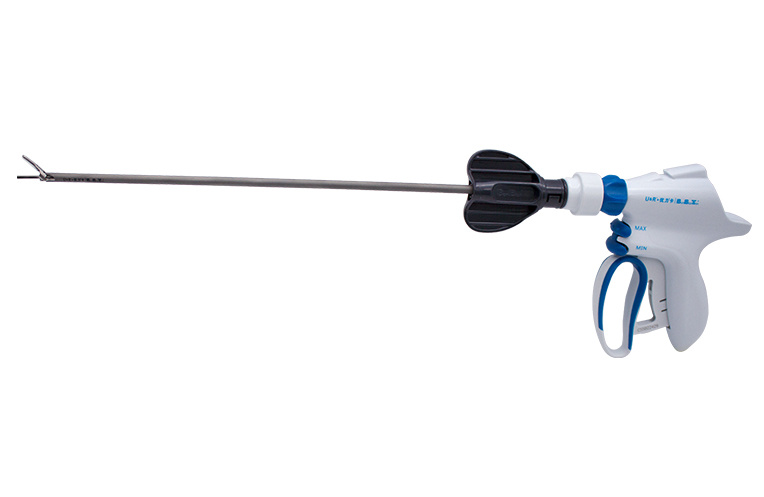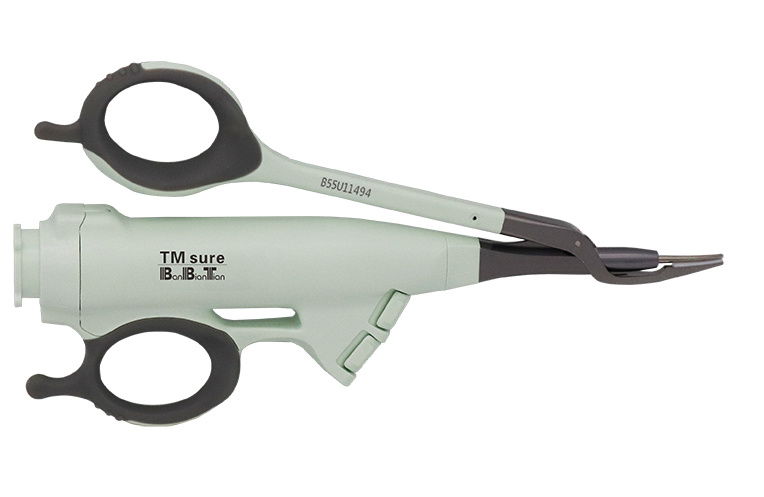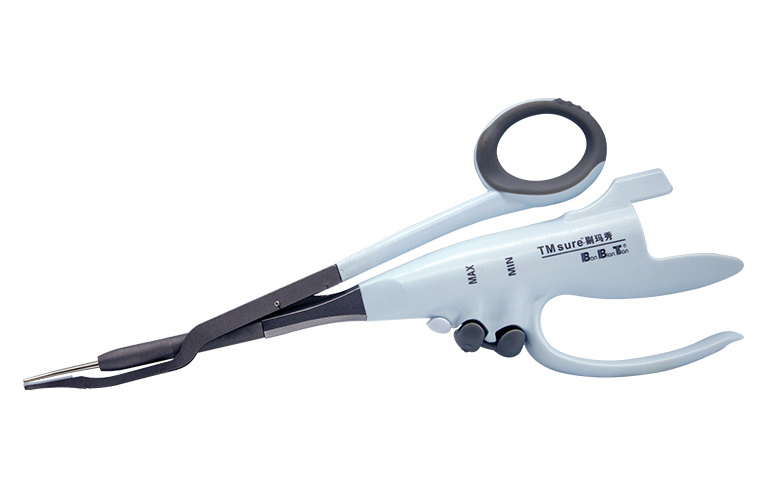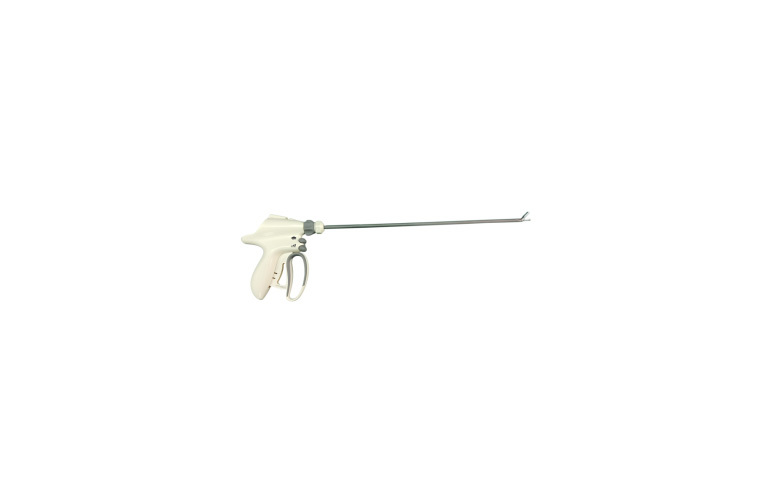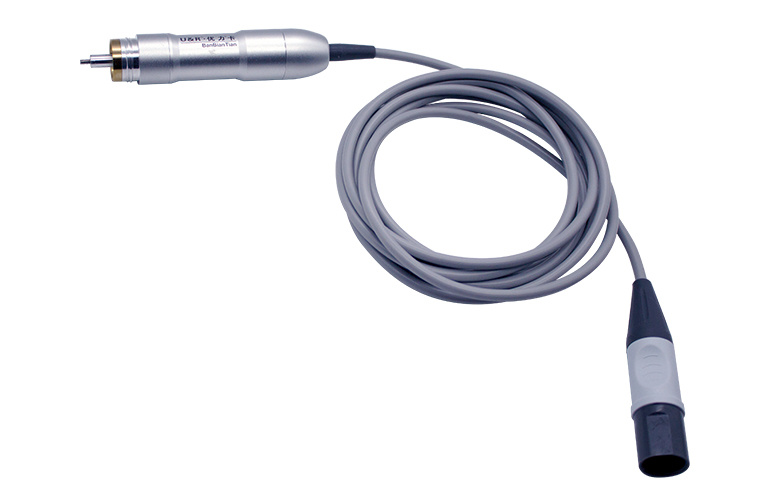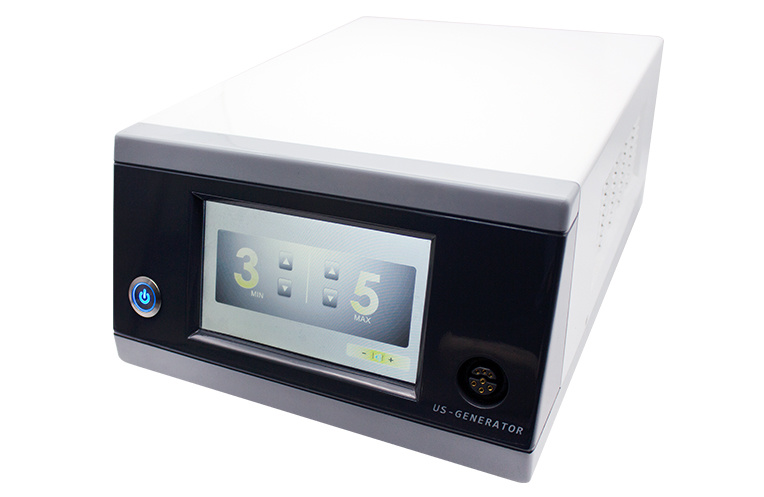Products
Blog
Harmonic Ultrasonic Scalpel, the Most Frequently Used Instrument in Surgery?
The ultrasonic energy device for surgical procedures was developed in the early 1990s.
1. Application of Ultrasonic Scalpel
The working principle of the ultrasonic energy device for surgical procedures is mainly related to the high-frequency vibration of the dissecting knife: once in contact with the tissue, it causes tissue dissection through cavitation and stops bleeding through protein denaturation. The ultrasonic energy source converts electrical energy into vibration in the device head, with a frequency exceeding 20,000 times per second, beyond the audible range. These vibrations cause the non-hinged forceps of the instrument to swing. The tissue is compressed between the hinge jaw and non-hinge jaw, providing tissue effects produced by combined thermal and mechanical energy: drying and vascular sealing are achieved at lower frequencies, while tissue cutting occurs at higher frequencies. The tissue effects are produced by the conversion of electrical energy into heat energy for tissue drying and vascular sealing, and mechanical energy for tissue cutting.
The tissue effects obtained by ultrasonic energy are essentially the same as those obtained by monopolar or bipolar electro surgery that requires contact with the patient or grasped tissue by the device, but with the added function of tissue cutting. These tissue effects are achieved without current passing through the patient or grasped tissue by the device.
The advantages of the ultrasonic scalpel include less instrument flow, as it combines vascular sealing and tissue cutting, and less smoke production (a "fog" of tissue fragments and moisture rather than smoke itself). The dissecting ability is good, but not as good as monopolar scissors or Maryland bipolar forceps. The disadvantages include the risk of lateral thermal diffusion damage and a higher and longer duration of the instrument tip temperature than other energy sources, which may lead to organ damage. In addition, the cutting mode requires special training and experience. For all new-generation energy sources, ultrasonic scalpel equipment is relatively expensive but widely available in most institutions.
2. Harmonic Ultrasonic Scalpel
The harmonic ultrasonic scalpel is a medical device used in surgical procedures and is a choice of surgical knives. It uses ultrasonic technology to cut and seal tissue edges at the same time. The system usually consists of a handheld ultrasonic transducer, a generator, a manual switch, a pedal, and a surgical knife used as a cutting tool.
During the surgery, the surgical knife vibrates in the range of 55,500 Hz, cutting through the tissue while stopping bleeding through protein denaturation, thus sealing it. Surgeries that can be performed using a harmonic dissecting knife include thyroidectomy, lung biopsy, laparoscopic cyst peeling, tonsillectomy, and gynecological cancers. Many plastic surgeons have also found it to be a better system for plastic surgery procedures such as facial contouring, breast reduction, breast augmentation, or abdominal wrinkle removal.
The harmonic ultrasonic scalpel is usually a complementary system that surgeons can use to address different medical conditions in patients. It can provide surgeons with higher cutting accuracy and allow them to cut through thicker tissues more efficiently. Although it is not as easy to move around as Bovie (an instrument used for coagulation in electro surgery), there is less need to change surgical instruments, which simplifies the surgical procedure.
The harmonic ultrasonic scalpel has the following advantages over electrocautery: dual action of coagulation and cutting, low production of heat, no lateral tissue damage, no smoke production, better visualization effects, no current through the patient, eliminating electrical hazard opportunities, reduced tissue damage, reduced postoperative pain, precise dissection, reliable hemostasis, and ability to cut through thick tissue.
Other Articles



 English
English  한국어
한국어  français
français  Deutsch
Deutsch  Español
Español  italiano
italiano  русский
русский  português
português  tiếng việt
tiếng việt  română
română 